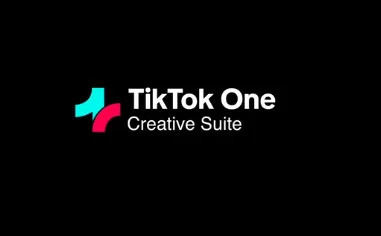According to a recent report by CB Insights, the global venture ecosystem slowed down in Q2 2022; funding decreased by 23%, marking the second-largest quarterly drop in funding in a decade. Securing capital is always a challenge and in an economic slowdown, it can be even more challenging.
Compounding this problem, most founders focus on surviving from one round of high-volume funding to the next instead of growing the business for the long term. In today’s post- “growth at all costs” venture capital market, focusing instead on business fundamentals and sustainable growth is critically important to attracting capital and obtaining positive valuations.
Let’s breakdown how equity and capital decisions early on can impact company growth in the long term.
1. Maintain Equity Early On
As a founder, the best way to maintain ownership of your company is to put your money where your mouth is. That means investing your own capital as much as you can in the earliest stages of the company. This not only maintains larger equity for you – as the earliest rounds are usually the most dilutive – but also demonstrates your confidence in the business which helps when attracting capital from investors. When the company is more established, you can incrementally raise capital as you achieve milestones.
2. Plan for Realistic & Incremental Growth
In today’s investment environment, it may sounds counterintuitive, but as a company founder just starting out, raising as much capital as possible per round should not be the goal. Rather, it’s a balance between raising the capital you need for company operations in addition to the capital you need to fuel growth. Consider the major milestones that every company progresses through: establishing a business plan, developing a prototype, creating a minimum viable product, releasing the product to a test group, etc. Each milestone requires additional capital to account for the evolving needs and complexity of the business.
Founders should aim to raise capital in a series of incremental amounts that increase in valuation as the business scales. They should not raise a large round and take more capital than is needed to get to the next stage of growth. Some founders may worry they won’t get the opportunity to raise funding again, but it’s about trusting in the process. This means, raising only what you need to fund operations and fuel growth to get to the next stage of development. Once you get to the next stage of growth, raise capital again, and so on.
3. Leverage Your Network
Not everyone has the means to fund their own company. That’s what makes choosing partners both in personal connections and with VC firms so critical.
It’s easier to convince your friends and family to support your business and raising funds within your personal network allows you to maintain greater equity in your company. These funds are less dilutive and there is often no expectation to share leadership positions such as board seats with those contacts. Individually, though, they provide fewer funds, which means you need to make more calls and leverage more connections.
4. Choose VC Partners that Support Incremental Growth
On the flip side, garnering support from VCs requires more preparation and proof, and ultimately equity and control are diluted every time you take funding. VCs will naturally expect to have a seat on the board, but, if chosen carefully, they can be a great asset to a founder. The board should be a diverse resource for advice and skills to guide the company through growth, and VCs can provide this. In addition, VCs have the means to offer greater access to capital, talent, professional advisors, business partners, and potential clients.
5. Align Growth with Profitability
When approaching investors, founders must provide a business model that is designed for profit, not just for running the business. Extensive market research should be completed to ensure:
• There is a sufficiently large total addressable market and willing buyers for the product or service you are creating,
• That your innovation is differentiated and defendable in the market,
• The unit economics of each offering is at a high margin, and that
• Potential clients would be willing to pay your forecasted fees for the product or service you are creating with sufficient value and velocity to drive cashflow and profit
Demonstrating profitability early on drives market acceleration, valuation, and attractiveness of capital at desirable terms. It also helps companies weather shortages or fluctuations in capital markets.
For a company to succeed, it requires more than a bright idea; it requires a strong foundation comprised of a collaborative team, partners, and strong leadership, all of which is fostered by strategic funding. The more equity the founding team preserves, the more control and direction they maintain in the long-term, leading to sustained success.
The post A Founder’s Guide To Funding appeared first on ChiefExecutive.net.


































































